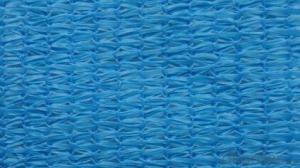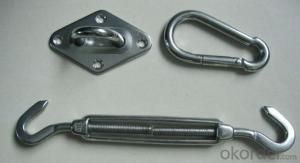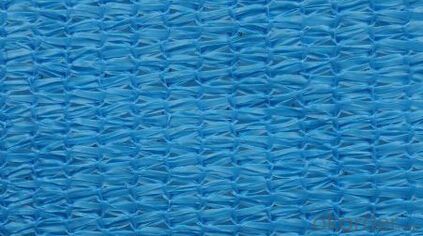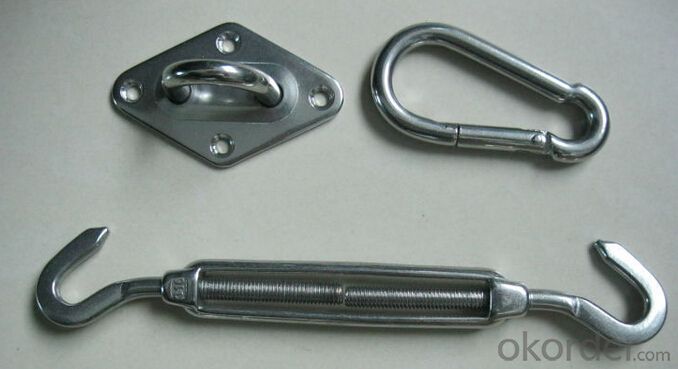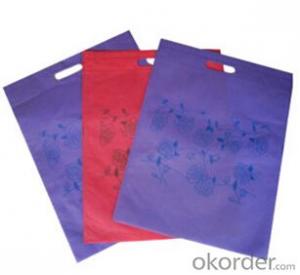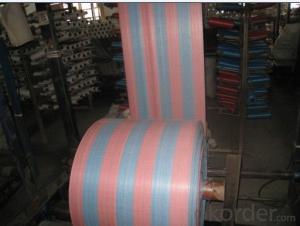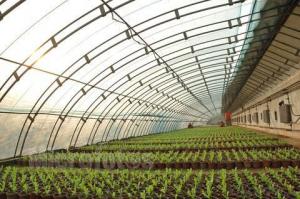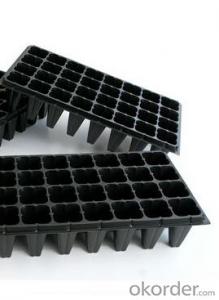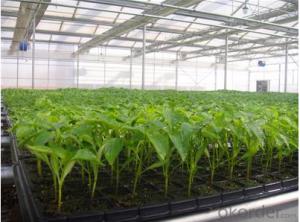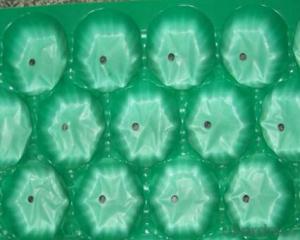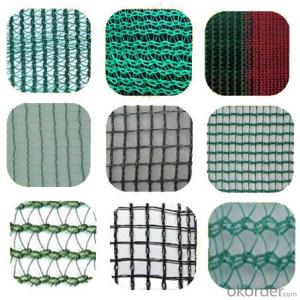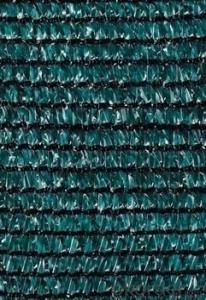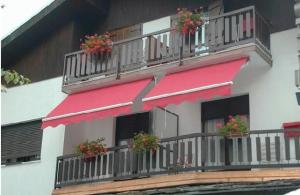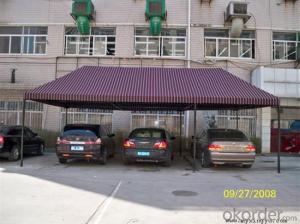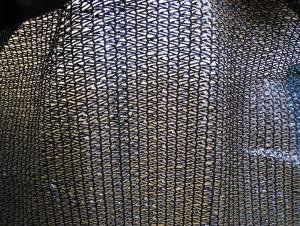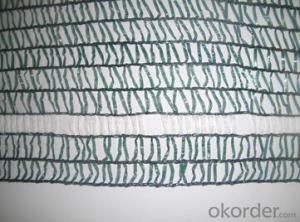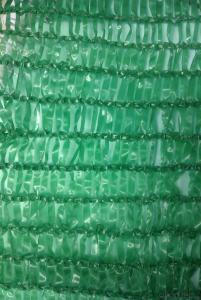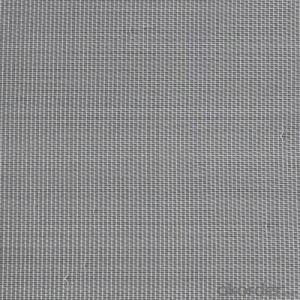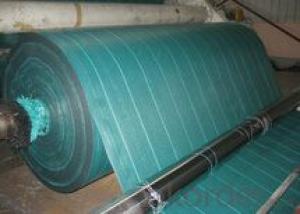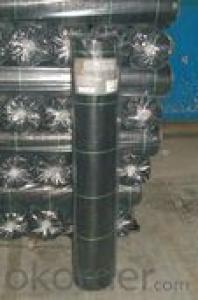HDPE UV Protection outside Sunshade Sail Cloth Net
- Loading Port:
- Ningbo
- Payment Terms:
- TT OR LC
- Min Order Qty:
- 100000 m²
- Supply Capability:
- 10000000 m²/month
OKorder Service Pledge
OKorder Financial Service
You Might Also Like
Introduction:
Shade Sails protect and shade you from the severe effects of the sun's heay & UV rays. Some areas of the world call them Sun Sails.
Applications:
They make a beautiful additions to your patio, backyard, or other outdoor areas.
Flying Sails is the perfect alternative to a traditional pergola, umbrella or covered porch. Floating and curvaceous, the make an attractive addition to any property, and with the right design,
they can enhance the appeal of the entertaining outdoor areas..
Knitted with 100% Pure virgin HDPE
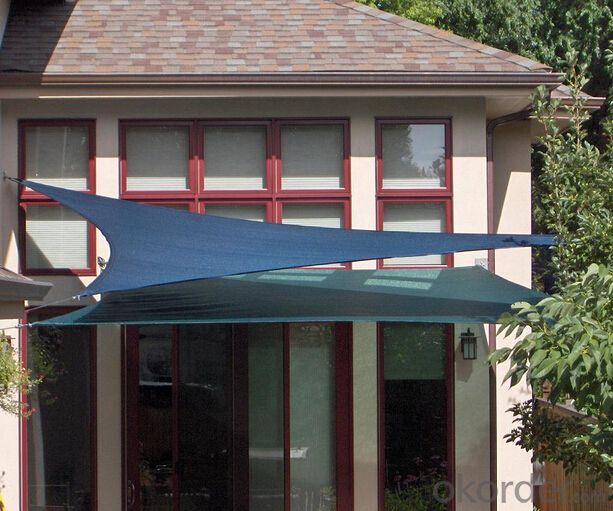
Specifications:
Weight:160gsm-320gsm
UV stabilized ,5 years warranty
Blocks up to 95% of harmful UV rays
Easy for cleanup and compact storage
Stainless steel rings at each corner
Webbing along the whole edge
Shape: triangle, rectangle and square shape available
Package: PVC bag inside and carton outside
Wide range of colours and sizes
FAQ:
1. How to install it?
Installation easily by yourself
2. How to transport?
Usually, we use the container by sea transportation.
3. When is the delivery date?
Usually the production needs 30 days, then it will be shipping.
- Q: Can ground cover be used to create a native plant garden?
- Yes, ground cover can be used to create a native plant garden. Ground cover plants are low-growing, spreading plants that can help to suppress weeds, retain soil moisture, and provide habitat for beneficial insects and wildlife. Using native ground cover plants in a garden can promote biodiversity, support local ecosystems, and reduce the need for maintenance and irrigation.
- Q: I will make potato, milk, and gelatin homemade plastic. and get a sample of a corn based biodegradable plastic. What should my question be?
- tricky step. research onto google or bing. just that can help!
- Q: Are nursery trays suitable for growing aquatic plants?
- No, nursery trays are not typically suitable for growing aquatic plants as they are designed for terrestrial plants and may not provide adequate water retention or drainage for the specific needs of aquatic plants.
- Q: How are plastic seedling trays labeled for plant identification?
- Plastic seedling trays are typically labeled for plant identification using various methods such as adhesive labels, permanent markers, or printed tags inserted in the trays.
- Q: My garden hose sprayer broke and when I tried to remove it to replace it with a new one it wouldn't come off. I tried everything but nothing worked so now I'm just going to cut it off and put a new fitting on the hose. My question is should I go with a brass or plastic mender. My immediate impulse is to go with the brass one because it's a lot stronger and durable and it's only like $1/$1.50 more but then I asked myself why would they even make a plastic mender? Won't the plastic eventually deteriorate from sun and water exposure and if you dropped the hose on the ground like even once, you'd probably easily damage the plastic threads. I know it sounds like I've answered my own question but is there a good reason besides the price that I would go with a plastic mender?
- The brass fitting is the better of the two. It WILL outlive your hose, so remove it keep it when the hose finally craps out. And, your hunch is correct; the plastic repair kits are garbage - your hose will outlast the fix.
- Q: Are nursery trays suitable for starting succulent cuttings?
- Yes, nursery trays can be suitable for starting succulent cuttings. These trays provide a controlled environment for rooting the cuttings and allow for easy monitoring of moisture levels. However, it is important to ensure proper drainage and use a well-draining soil mix to prevent overwatering and root rot. Additionally, providing adequate light and avoiding direct sunlight can help promote healthy growth in succulent cuttings.
- Q: This question asks if there are specific types of plastic films used in agriculture that are designed to withstand different weather conditions.
- <p>Yes, there are special types of agricultural plastic films designed for specific weather conditions. These films are engineered to cater to various climatic challenges such as extreme temperatures, high or low humidity, and intense sunlight. For instance, there are films with UV resistance to protect crops from harmful ultraviolet rays, thermal insulation films to maintain temperature in greenhouses, and films with anti-condensation properties to prevent the formation of droplets that can damage crops. Additionally, there are films designed to be more durable in windy conditions or to withstand heavy rainfall, ensuring the protection of crops in diverse weather scenarios.</p>
- Q: Can ground cover plants be used to prevent soil erosion on construction sites?
- Yes, ground cover plants can be used to prevent soil erosion on construction sites. These plants form a dense network of roots that stabilize the soil, reducing the risk of erosion caused by wind or water runoff. Additionally, they help to retain moisture in the soil, further aiding in erosion prevention.
- Q: What are the different types of mulch films available for agriculture?
- There are several types of mulch films available for agriculture, including black mulch films, clear mulch films, biodegradable mulch films, and reflective mulch films.
- Q: Can nursery trays be used for succulent propagation?
- Yes, nursery trays can be used for succulent propagation. Succulents can be easily propagated from stem or leaf cuttings, and nursery trays provide a convenient and organized way to grow multiple cuttings at once. The trays provide a suitable environment for the cuttings to root and grow, with proper drainage and space for the succulents to develop.
Send your message to us
HDPE UV Protection outside Sunshade Sail Cloth Net
- Loading Port:
- Ningbo
- Payment Terms:
- TT OR LC
- Min Order Qty:
- 100000 m²
- Supply Capability:
- 10000000 m²/month
OKorder Service Pledge
OKorder Financial Service
Similar products
Hot products
Hot Searches
Related keywords
